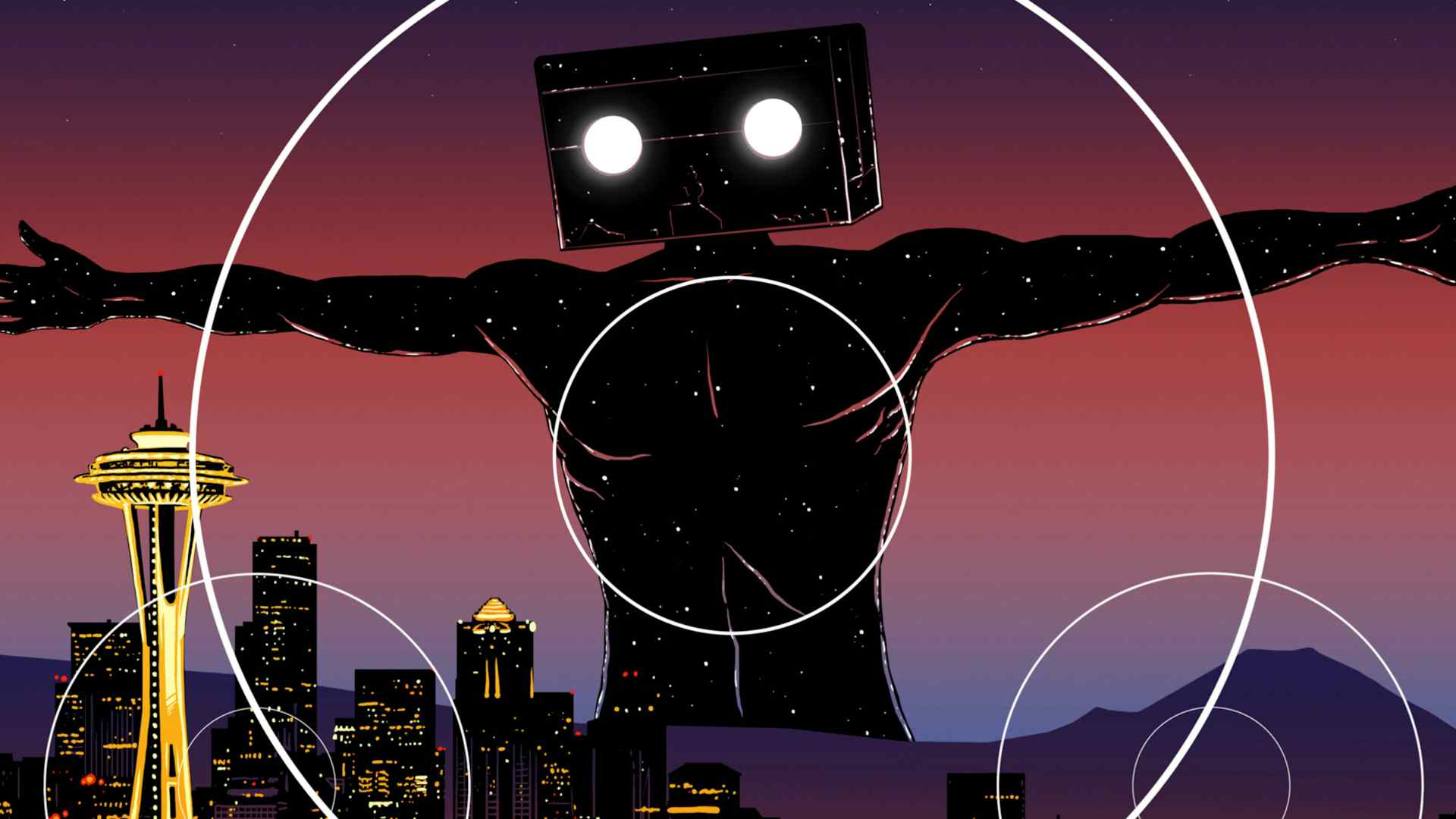Robert Horton is a Scarecrow board member and a longtime film critic. This series of "critic's notes" is chance to highlight worthy films playing locally and connect them to the riches of Scarecrow's collection.

Wim Wenders has two films currently playing via SIFF, the Oscar-nominated (for Best International Feature) Perfect Days, and a 3-D documentary about Anselm Kiefer, which opens this weekend. I haven't seen Anselm yet, but hope to soon. Here is a review I wrote of a previous Wenders 3-D study of an artist, originally published in 2012. I had forgotten that Pina opened at the Cinerama—what a confluence of art, technology, and auteurs!
Pina
The filmmaker Wim Wenders has strayed around the world and across different genres; after making his name in the New German Cinema of the 1970s, he flirted with Hollywood (in the desolate classic Paris, Texas), scored a huge international hit (Wings of Desire), and indulged a lifelong interest in music of all kinds (with the Oscar-nominated documentary Buena Vista Social Club).
Wenders' newest film, also Oscar-nominated in this year's documentary category, expresses his curiosity about the world. And also the passion of art, and art-making. Pina is mostly a performance documentary, as it presents sections from the choreographic work of Pina Bausch, the German visionary who died in 2009 from cancer, shortly before this film went into production.
There are clips of Bausch in action, and her words on the soundtrack. We also hear from some of her dancers, who speak to specifics of her methods and personality. But the dominant experience of the movie is simply watching the dances unfold—although "unfold" is far too genteel a term to describe the bold, sometimes violent style of Bausch's work.
It doesn't take long to convince us. Wenders opens the movie with scenes from Bausch's interpretation of Stravinsky's Rite of Spring, which is absolutely pagan and actually pretty terrifying in the way it deploys an army of male and female dancers in different ways (there aren't really that many people in it, but it seems like an army). For that performance, the dancers are on a stage, although sometimes moving on a layer of red dirt. In other dances, Wenders gets the action into the world outside, including some uncannily beautiful locations around the company's home base, Wuppertal.
The man who made the Havana backdrop of Buena Vista Social Club come to vivid life brings the same great eye to these locations. It reminds you of how fluidly dance can make the transfer from the pristine stage to the real world—and absolutely flourish there.
Oh, by the way, the movie's in 3-D. That's right: Wenders (like his countryman Werner Herzog, in Cave of Forgotten Dreams) has taken a technology that was seriously in danger of being overdone and given it new life.
There's nothing fancy about the approach; nobody throws a pointed toe at the lens. But just by having the 3-D camera move slightly along a line of dancers, or having the dancers themselves move toward or away from the camera in waves, a thrilling way of using this technology is suggested. It might be movies like this that usher 3-D into the next evolution, not another blockbuster with giant robots.
March 8, 2024


